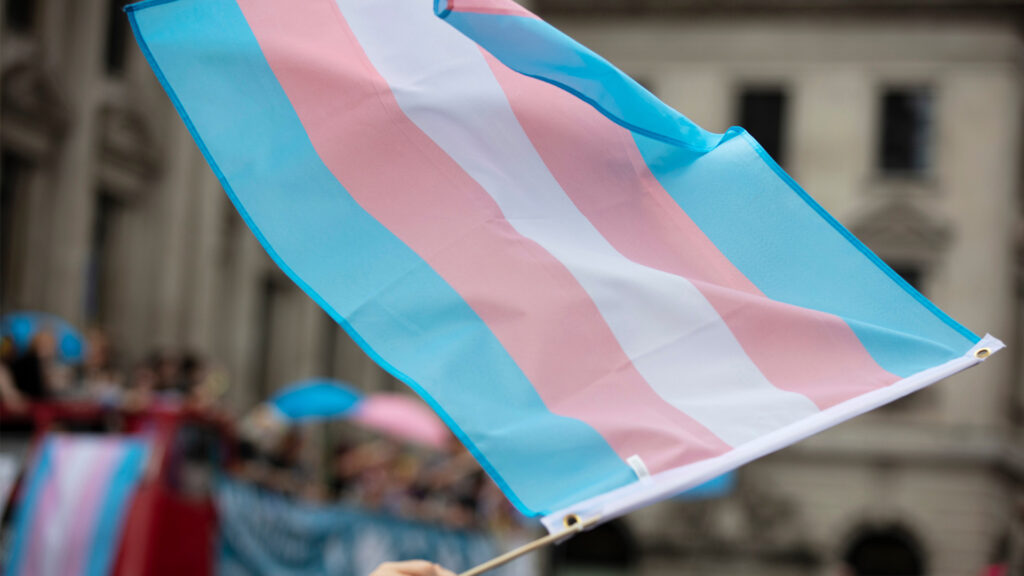First, that the status of the working relationship must reflect the reality of the work. Just because a company describes its workers as “self-employed” in their contract, doesn’t mean that it’s necessarily the case. Sometimes, convoluted terms of employment can be used by companies to their advantage – courts should not assume that this accurately describes the real nature of the working relationship and are expected to look beyond the contract terms.
The Supreme Court found that Uber exercises enough control on its drivers – who are subordinate and dependent on the company for work – for them to have worker status, as opposed to being independent contractors as their contracts suggested. Uber’s argument, that they are merely a tech intermediary putting independent drivers in touch with passengers, was not accepted . That’s the second point.
And thirdly, the Supreme Court confirmed that working time should be measured in terms of actual hours worked, not just in terms of activity. This means that Uber workers are entitled to National Living Wage for the entire time they have the app on, and are on work duty, regardless of whether there’s a passenger in the car or not. Uber drivers who can demonstrate the hours they’ve spent on duty are now likely to be able to claim backdated National Living Wage payments and holiday entitlements (5.6 weeks per year).
This is a blow for Uber and similar gig economy companies – but it won’t destroy their business model. It’ll just require them to adapt and add some costs. And those costs will likely be passed onto consumers. That’s just the price to pay to ensure that workers receive appropriate pay for their activities – we should all be willing to accept it.
If you work in the gig economy or are a company that uses gig economy workers and wish to discuss the significance and implications on this case on you, please don’t hesitate to get in touch.




